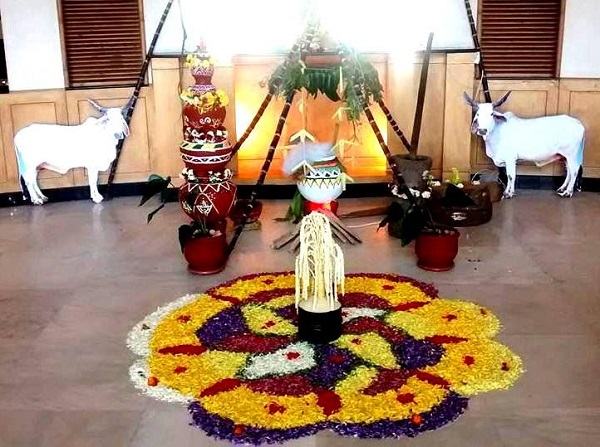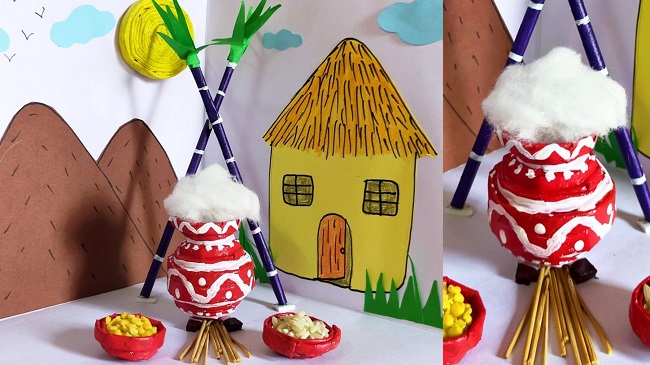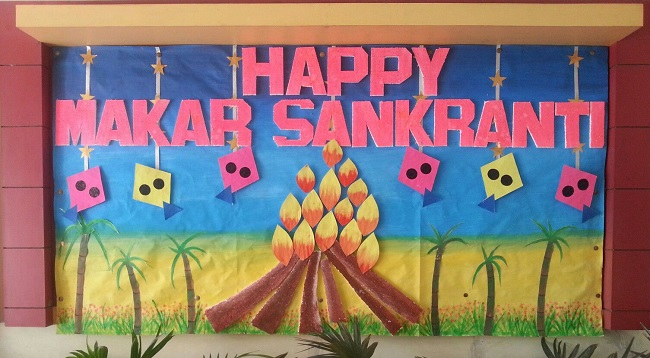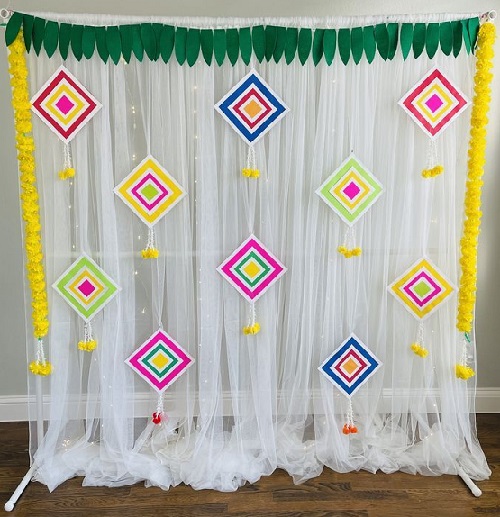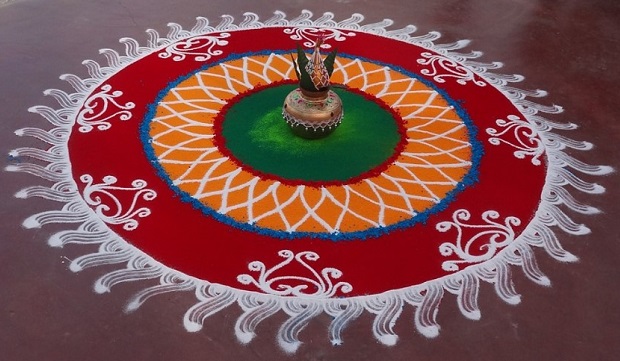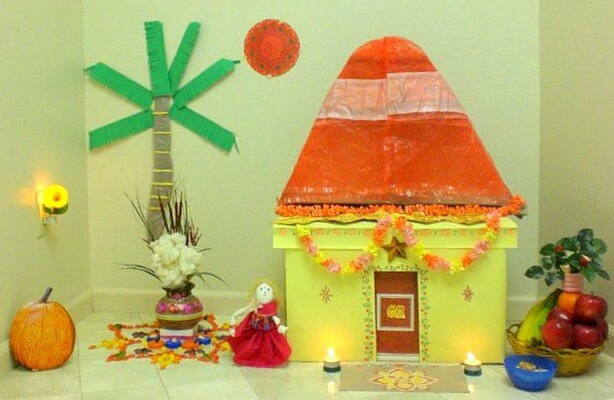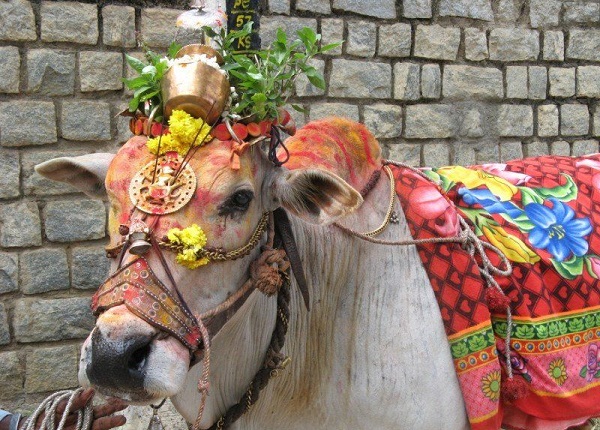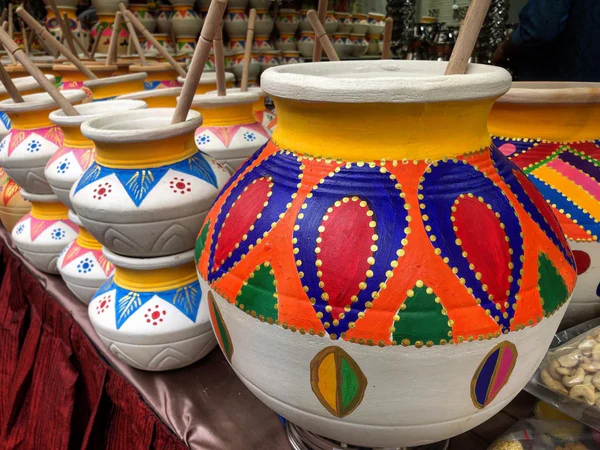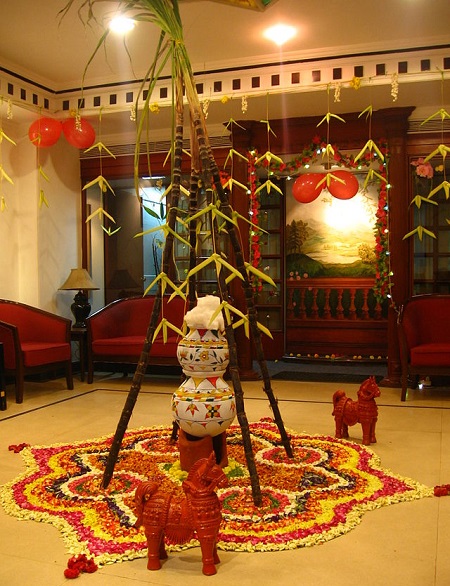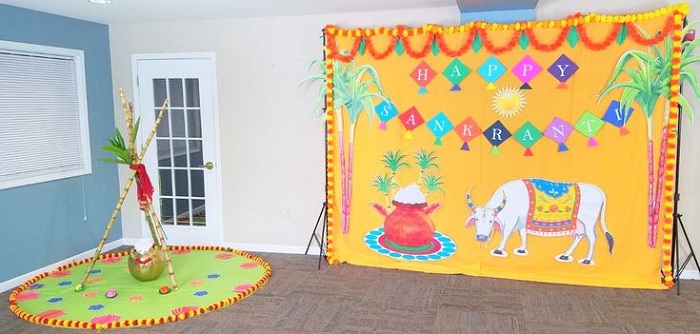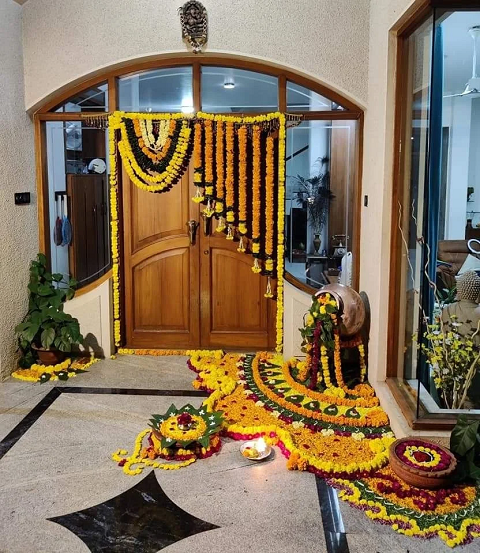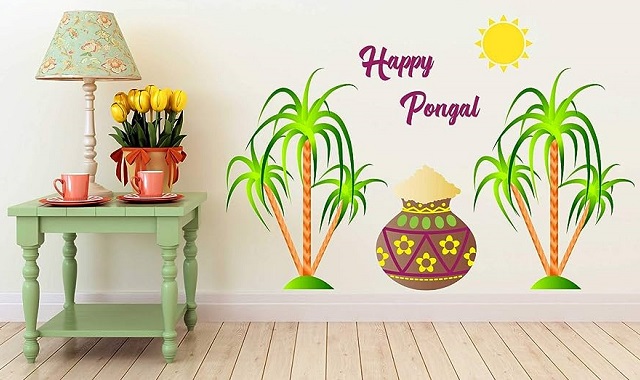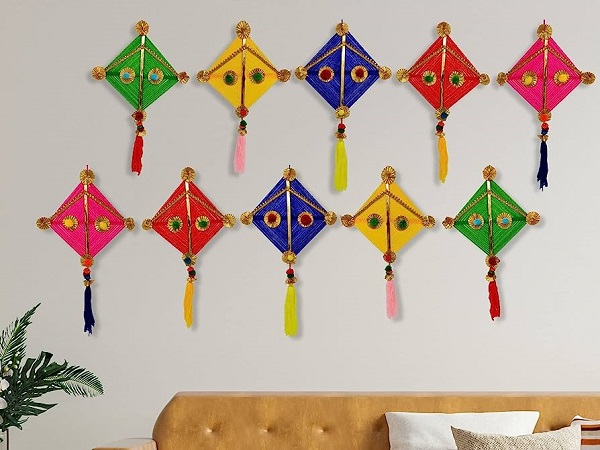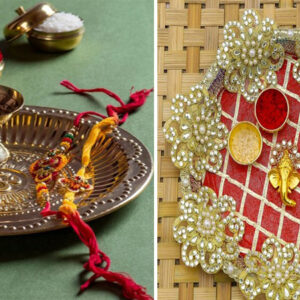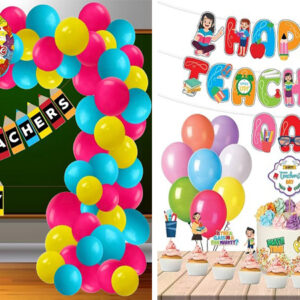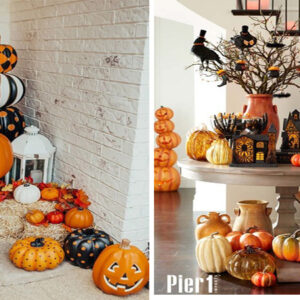Sankranti, also known as Makar Sankranti, is a vibrant and joyous festival celebrated across India to mark the transition of the sun into the zodiac sign of Capricorn. It’s a time of harvest, renewal, and the onset of longer days. Traditional Sankranti decorations play a significant role in enhancing the festive spirit and creating a colourful atmosphere. In this article, we’ll explore some creative and captivating decoration ideas to make your Sankranti celebrations truly special.
Simple and Best Makar Sankranti Decoration Ideas At Home 2024:
Elevate your festive ambience with Sankranti decorations. From colourful rangoli designs to symbolic clay pots, discover traditional adornments that capture the spirit of the harvest festival. Embrace vibrant flowers, intricate patterns, and meaningful motifs to create a celebratory atmosphere that pays homage to cultural roots.
1. Traditional Pongal Decoration Ideas:
Traditional Pongal decorations are an essential part of the vibrant and festive atmosphere during this auspicious South Indian harvest festival. One popular decoration idea is to create intricate kolam designs using colourful rice flour or chalk powder at the entrance of homes. These decorative patterns not only add a touch of artistry but also symbolize prosperity and unity. Another traditional adornment involves using fresh mango leaves to create “Thorana,” decorative arches or strings that are hung across doorways and windows.
2. Sankranti Decoration Ideas:
Sankranti, the harvest festival, is not only about feasting and festivities but also about bringing visual delight to your home. Decorations during this period are more than just embellishments; they reflect cultural heritage and spiritual significance. Clay pots are often painted and adorned with bright colours, turmeric, and kumkum, and then placed around the house. These pots, known as “Pongal pots,” are a representation of the main dish cooked during the festival and add a rustic charm to the decor. To enhance the overall ambience, strings of marigold flowers and traditional lamps can be strategically placed around the house, imparting a warm and inviting glow. Overall, these decoration ideas come together to create a joyful and festive atmosphere, celebrating the spirit of Pongal.
3. Sankranti Board Decoration:
Creating a captivating Sankranti board decoration involves a blend of tradition and creativity. The board can be transformed into a canvas of cultural richness by incorporating vibrant colours and traditional elements. Rangoli designs, carefully crafted with rice flour or coloured powders, can form the centrepiece, depicting the sun, kites, and other symbols of the festival. Bright marigold and jasmine garlands can elegantly frame the board, infusing the air with a pleasant fragrance.
4. Makar Sankranti Decoration Ideas At Home:
Celebrating Makar Sankranti with home decorations infuses the festive spirit into your living space. A wonderful idea is to create a vibrant focal point with a rangoli design at your doorstep, crafted using colourful rice flour or eco-friendly materials. Incorporate traditional motifs like the sun, kites, and birds to capture the essence of the festival. Adorn windows and walls with strings of marigold and jasmine flowers, add a fragrant touch and a pop of color to your home. To showcase the agricultural significance of the festival, arrange small pots filled with grains or pulses in artistic patterns around your house.
5. Sankranti Special Rangoli Decoration:
Elevate your Sankranti celebration with exquisite rangoli decorations that truly capture the essence of the festival. Crafting intricate rangoli designs using vibrant coloured powders or eco-friendly materials can serve as the focal point of your decorations. Embrace traditional motifs like the sun, kites, birds, and farmer’s tools to symbolize the agricultural significance of the occasion. Incorporate rich patterns and geometric shapes to infuse an artistic touch into your rangoli. Surround the rangoli with fresh flower petals, adding both a fragrant aroma and a colourful border to your creation. Consider using marigolds, jasmine, or other local flowers for an authentic touch.
See More: Holi Decor Ideas
6. Sankranti Decoration Items:
For a captivating Sankranti decoration, a selection of key items can transform your space into a festive haven. Rangoli stencils or colourful powders are excellent for crafting intricate designs that celebrate the essence of the festival. Strings of marigold and jasmine flowers not only infuse a delightful fragrance but also add vibrant splashes of colour to your décor. Clay pots filled with grains or pulses symbolize the harvest and prosperity associated with the occasion. To enhance the festive atmosphere, consider incorporating traditional elements like handcrafted kites, terracotta figurines of farmers, and birds, which resonate with the festival’s cultural significance. Adorning your space with traditional oil lamps creates a warm and inviting glow, casting a serene aura reminiscent of the festival’s spiritual undertones.
7. Sankranti Cow Decoration:
In Sankranti celebrations, the cow holds a special place as a symbol of abundance and agricultural prosperity. Incorporating a cow decoration into your festivities adds a meaningful touch. Crafted figurines of cows, often made from clay or other natural materials, can be adorned with colourful paints and traditional decorations like bells, flowers, and bright fabrics. Placing these cow figurines around your home, particularly near the rangoli or the central decoration, pays homage to the animal’s significance in farming and rural life. Additionally, using cow motifs in rangoli designs or incorporating them into decorative banners and wall hangings further enhances the festive atmosphere. By embracing the cow as a focal point in your Sankranti decorations, you honour the cultural and spiritual connections between this beloved animal and the essence of the festival.
8. Pongal Paanai Decoration:
Decorating a Pongal paanai (pot) is a delightful tradition that adds a touch of cultural charm to the Pongal festival celebrations. The paanai, or clay pot, is an essential element used to cook the Pongal dish, and adorning it holds special significance. Intricate designs are often painted on the pot using vibrant colours, showcasing traditional motifs like sugarcane, turmeric leaves, and the sun. These designs not only add an aesthetic appeal but also reflect the agricultural essence of the festival. The rim of the pot is often adorned with fresh mango leaves, symbolizing fertility and prosperity.
9. Pongal Decoration Ideas In Office:
Infusing the vibrant spirit of Pongal into the office environment can foster a sense of unity and celebration among colleagues. Consider adorning common areas with traditional elements such as rangoli designs at the entrance, depicting symbols like the sun and sugarcane to represent abundance and prosperity. Incorporating clay pots filled with grains and pulses not only adds a rustic touch but also symbolizes the agricultural significance of the festival. You can also place decorative sugarcane sticks in vases, offering a nod to the traditional crop. Strings of marigold and jasmine flowers can elegantly drape around office partitions or walls, infusing the air with a delightful fragrance.
10. Traditional Pongal Pot Decoration:
Decorating the traditional Pongal pot is a cherished practice that adds cultural significance to the Pongal festival celebrations. The clay pot, essential for cooking the Pongal dish, becomes a canvas for intricate artistry. Elaborate designs are often hand-painted onto the pot’s surface, using vibrant colours to depict symbols like sugarcane, turmeric leaves, and the sun. These designs not only exemplify creativity but also reflect the agricultural roots of the festival. To further enhance the pot’s visual appeal, fresh mango leaves are delicately arranged around its rim, signifying prosperity and auspiciousness.
11. Pongal Theme Decoration:
Creating a Pongal-themed decoration offers a wonderful opportunity to infuse your space with the essence of the festival. Start by incorporating earthy tones and natural textures reminiscent of rural landscapes. Adorn walls with traditional motifs like sugarcane, sun, and farmers using colourful posters or paintings. Rangoli designs, carefully crafted at the entrance, can feature symbols that signify abundance and prosperity. Strings of marigold and jasmine flowers can elegantly drape across your décor, introducing a fragrant and vibrant touch. Utilize clay pots filled with grains or pulses as both decorative elements and subtle nods to the agricultural significance of the festival.
12. Pongal Backdrop Ideas:
Designing a captivating Pongal backdrop involves blending traditional elements with creative ingenuity. Consider a backdrop adorned with a large, vibrant rangoli design that incorporates the festival’s symbols, such as the sun, sugarcane, and kites. Incorporate earthy hues to evoke a rustic ambience, reminiscent of rural landscapes. Hanging strings of marigold and jasmine flowers can frame the backdrop gracefully, infusing the air with their pleasant aroma. For a more dynamic touch, place clay pots filled with grains or pulses at varying heights, symbolizing the harvest’s abundance.
13. Pongal Door Decoration:
Welcoming the Pongal festival with a beautifully adorned door is a wonderful way to embrace the spirit of the celebration. Start by crafting a vibrant rangoli design at the doorstep, featuring traditional symbols like the sun, sugarcane, and birds. This not only adds a touch of artistry but also sets the tone for the festivities. Strings of marigold and jasmine flowers can be elegantly draped around the doorframe, infusing the entrance with a fragrant and colourful touch. To pay homage to the agricultural significance of Pongal, consider hanging small clay pots filled with grains or pulses on either side of the door.
14. Pongal Wall Decoration:
Elevating your space with Pongal-themed wall decorations brings the festive spirit indoors. Adorn your walls with vibrant posters or paintings featuring traditional motifs such as sugarcane, sun, and farmers. Consider incorporating earthy tones to evoke a rural atmosphere, reminiscent of the festival’s agricultural roots. Handcrafted rangoli designs can be framed and hung as captivating wall art, infusing your space with intricate beauty. To add texture and fragrance, strings of marigold and jasmine flowers can be elegantly draped along the walls, exuding a delightful aroma.
15. Pongal Kite Decoration:
Incorporating decorative kites into your Pongal celebrations adds an element of charm and festivity. Crafted with vibrant colours and traditional patterns, these kites capture the essence of the festival. Hang them indoors as unique wall decorations, or string them across common areas to infuse the space with a playful touch. You can also incorporate kite motifs into rangoli designs or other decorative elements for a cohesive theme. Consider placing mini kites on tables or shelves to create a whimsical ambience.
Incorporating Sankranti decorations into your space is a delightful way to embrace tradition and celebrate the spirit of the festival. From vibrant rangoli designs to strings of fragrant flowers, clay pots filled with grains to terracotta figurines, each element carries a unique cultural significance. Whether it’s adorning your doorstep, walls, or common areas, these decorations infuse your surroundings with a festive aura that resonates with gratitude and abundance. So, gather your creative ideas and traditional elements to create a warm and inviting atmosphere that captures the essence of Sankranti’s joyous celebrations.
Q1: When is Sankranti celebrated?
Sankranti is typically celebrated on January 14th every year, marking the transition of the sun into Capricorn.
Q2: What is the significance of kite flying during Sankranti?
Kite flying during Sankranti symbolizes the desire to reach great heights in life and cut free from worldly attachments.
Q3: Are there regional variations in Sankranti decorations?
Yes, different regions of India have their unique ways of decorating for Sankranti, often reflecting their cultural practices and traditions.
Q4: What is the importance of the ‘Pongal’ pot?
The ‘Pongal’ pot, also known as ‘Uruka’, signifies prosperity and abundance. It is used to cook a special dish called Pongal during the festival.
Q5: How can I make eco-friendly decorations for Sankranti?
You can opt for decorations made from natural materials like flowers, leaves, and clay to create eco-friendly and sustainable decor.

